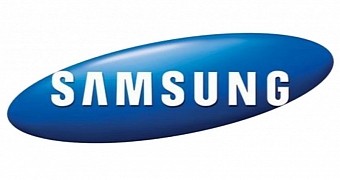Most DDR3 modules, all memory modules really, have a capacity that is of 1 GB, 2 GB, or a multiple of 2 GB. However, Samsung has introduced a technology that will debut as part of an unusual 3 GB module instead.
Essentially, Samsung has become the first company to successfully create and market LPDDR3 memory products of 3 GB capacity, owing to the use of 6 Gb LPDDR3 memory chips.
That means that you will soon be seeing laptops, tablets, and 2 in 1 devices with more and faster RAM, but lower power draw. All without a significant rise in price.
The new Samsung LPDDR3 memory
We've seen that going below 28nm and 22nm production technologies (primarily used for CPUs and GPUs, respectively) has proven quite difficult.
NAND Flash and DRAM memory, however, seem to have an easier time going forward. Toshiba and associates have been shipping 19nm NAND-based storage devices for a fair amount of time now, for example.
Samsung has now become the first ever company to release the world's first 20-nanometer 6Gb LPDDR3 Mobile DRAM.
The chips have data transfer rate (per pin) of up to 2,133 Mbps, which puts them on the same level (frequency-wise anyway) as DDR4.
They still lack the efficiency of DDR4, and the performance won't be equal despite the similar frequency. However, the new RAM will do well as a carry-over between existing DDR3 and next-gen DDR4 technologies.
In addition to performance, the 20nm LPDDR3 brings with it certain manufacturing, production benefits that Samsung appreciates.
The smaller fabrication node allows for a 30% productivity gain, while the 6 Gb capacity permits for the creation of 3 GB modules. All in all, it is a fine way to build on the experience acquired since 20nm 4 Gb DDR3 was released for desktops in March.
Potential applications for the new LPDDR3
We've already mentioned laptops, but those are just one of several products that can use the new DDR3. High-end smartphones come to mind, along with tablets and even wearable devices. 2-in-1 tablet/laptop hybrids are, of course, a no-brainer.
In the future, Samsung will release other 20nm memory, “more advanced 20nm mobile DRAM products,” as it calls them. We're not sure when we can look forward to their arrival though. The company might release something before the end of the year, but it might hold off until CES 2015 as well, in January. Maybe even longer. We can only wait and see.

 14 DAY TRIAL //
14 DAY TRIAL //